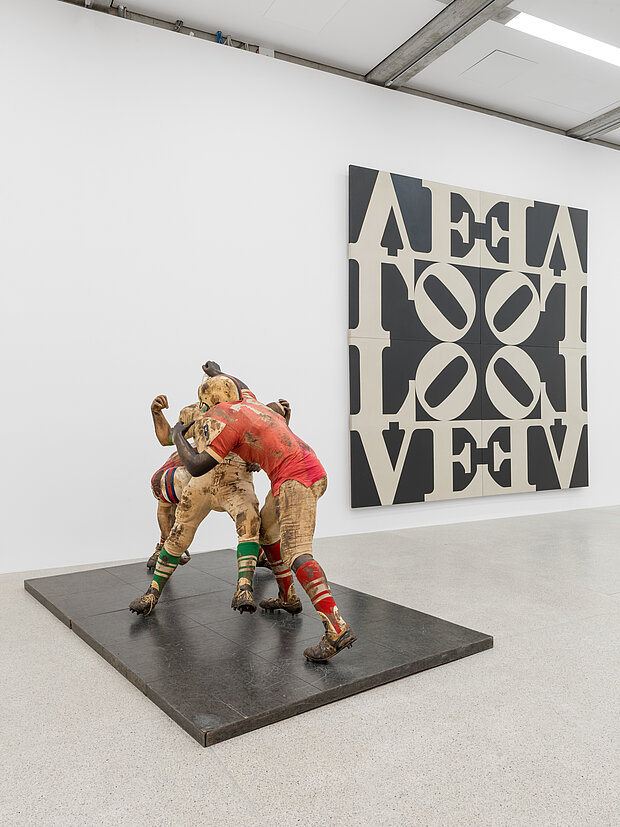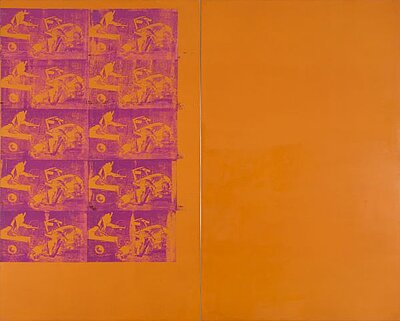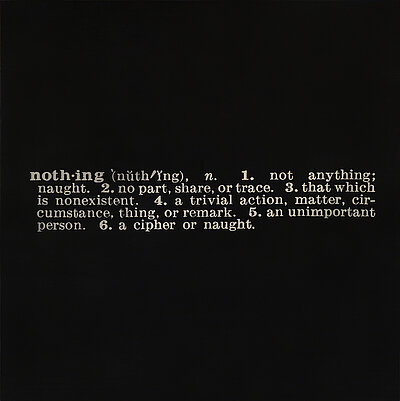
mumok perspectives
Mapping the 60s
mumok perspectives: Mapping the 60s
mumok perspectives
mumok perspectives is a new, participatory, digital accompanying programme to the exhibition Mapping the 60s. It expands the communication spaces and enriches the multifaceted mediation practice.
The exhibition Mapping the 60s examines how social movements of the 21st century have their roots in the 1960s. Black Lives Matter or #MeToo are based on the anti-racist and feminist struggles of that time. Today's debates on war, media, technology, consumerism and capitalism also pick up on issues that were first made visible then.
The 1960s, especially the events of 1968, left their mark not only on society but also on cultural policy. In Vienna, the Museum of the 20th Century, the forerunner of the mumok, was founded in 1962. The mumok's collection with a focus on Pop Art, Nouveau Réalisme, Fluxus, Wiener Aktionismus, Performance Art, Concept Art and Minimal Art dates from this period. Contemporary issues in the research and mediation of art history often lead back to the debates of the 1960s. These themes are alive, multifaceted and open up new avenues of exchange.
Beyond the direct mediation between visitors and the works, mumok perspectives provides you with different voices. Just as the works of art are alive and multifaceted, so too are the recorded voices in your ears with which you wander through the exhibition in a private way. Never intended as referential explanations, they are intended to deepen your engagement with the content of the exhibition on a human level.
The exhibition space is a social interaction space that should not be dominated by a single point of view. Far away from the artificial division of explaining and understanding, the visitor is no longer supposed to be alone, but to come into contact with new friends about the works of art. Texts by Dominikus Müller, narrated by mumok staff, open up new perspectives on the living history behind each work. Discover the exhibition Mapping the 60s with our accompanying audio offer - directly and in dialogue with the voices of the mumok.
Discovering New Perspectives Together
The mumok sees itself as a lively place of encounter and exchange in public space. With the exhibition Mapping the 60s, the museum opens up new perspectives. Art, history and the present enter into a dialogue - with visitors and with each other.
A special format is Feministisch Betrachtet, designed by art educator and artist Mikki Muhr. During a tour of Mapping the 60s, participants will discuss how social and political conditions shaped the production and exhibition of art in the 1960s. During this period, artists developed strategies and aesthetics to work in, despite and against an art field dominated by patriarchy, sexism, racism and heteronormativity. Works by VALIE EXPORT, Jo Baer, Corita Kent, Alison Knowles and Yoko Ono form the starting point for a critical examination of the exhibition and collection policies that are made visible in Mapping the 60s.
In addition, the curator tours invite you to take a closer look. The exhibition curators Manuela Ammer, Marianne Dobner, Heike Eipeldauer, Naoko Kaltschmidt, Matthias Michalka and Franz Thalmair offer insights into their various curatorial specialisms. In her tour of level -3, for example, Marianne Dobner looks at the history of the mumok collection during the time of its first director Werner Hofmann. She focuses on the striking absence of female positions during this time.
In addition, there are regular tours of the exhibition that familiarise visitors with the most important exhibits and themes. They are aimed at anyone who would like an introduction to the socio-political and art-historical events of the 1960s and their influence on contemporary art.
Exhibitions are more than just presentations of artworks, they are living narratives that reflect historical struggles and their artistic forms of expression, while at the same time allowing visitors to look towards possible better futures. The accompanying digital programme aims to highlight these stories and biographies. Art is first and foremost a form of communication that makes living history conscious without ever allowing only one point of view.
Discover new perspectives with us!
Credits
- Text: Dominikus Müller
- Translation: Helen Ferguson
- Voices from the mumok: Max Halstead, Julia Hürner, Hannah Imhoff, Marie-Theres Kölblinger, Lea Tiernan
- Sound Editing: Leon Diamant
- Photos: Klaus Pichler
© mumok – museum moderner kunst stiftung ludwig wien










